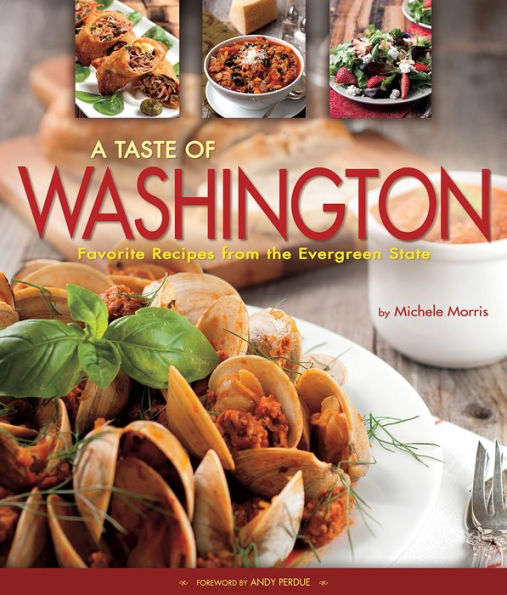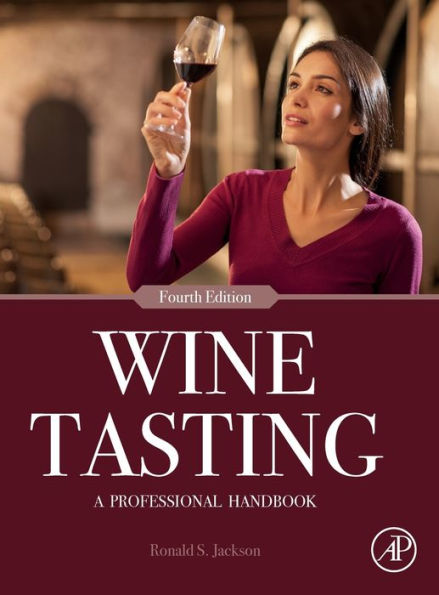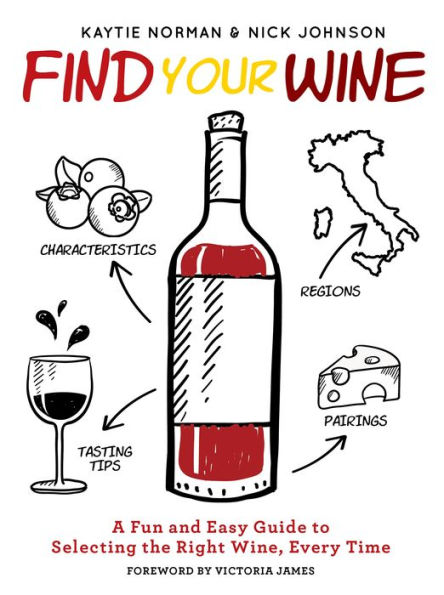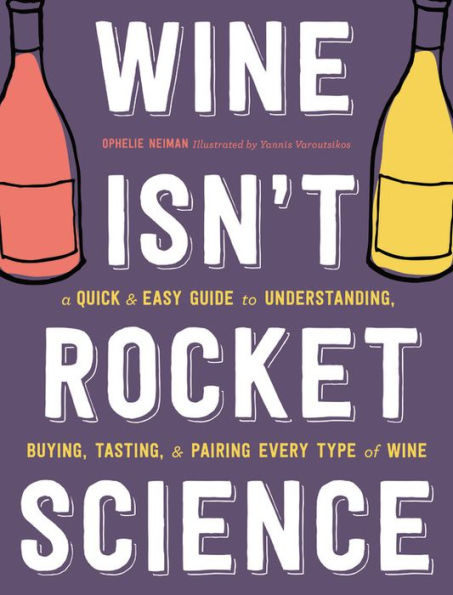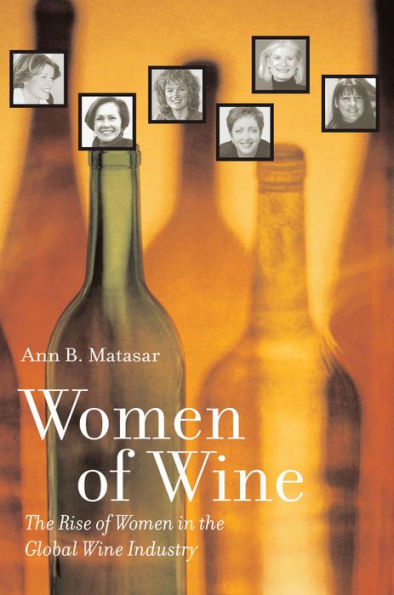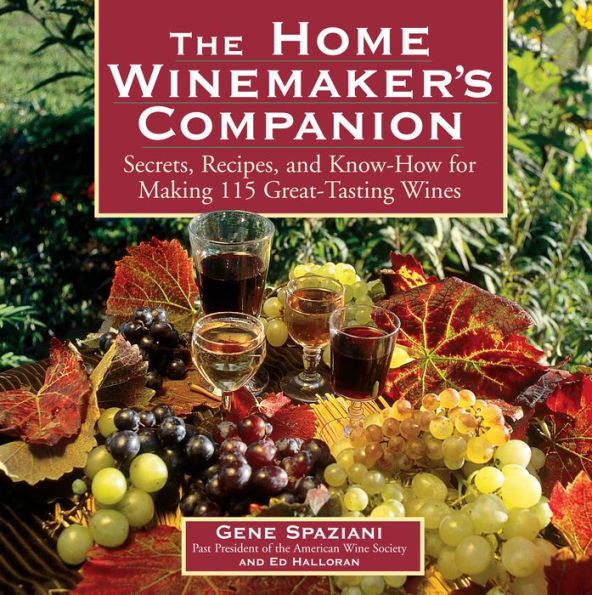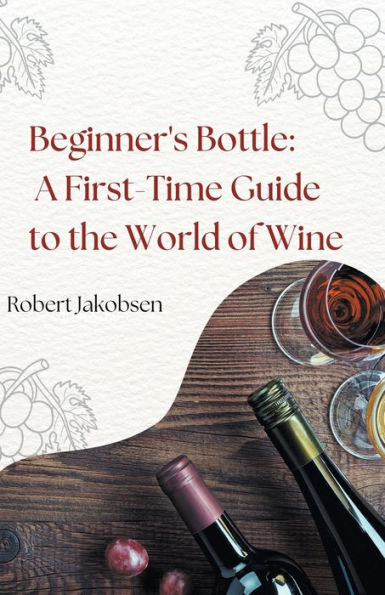Home
So You Think You Know Washington State Wines? (2016-17): Demystifying the Economics of Wine
Loading Inventory...
Barnes and Noble
So You Think You Know Washington State Wines? (2016-17): Demystifying the Economics of Wine
Current price: $12.98


Barnes and Noble
So You Think You Know Washington State Wines? (2016-17): Demystifying the Economics of Wine
Current price: $12.98
Loading Inventory...
Size: OS
*Product Information may vary - to confirm product availability, pricing, and additional information please contact Barnes and Noble
"So You Think You Know Washington State Wines?" is designed to simplify your understanding by identifying growing trends, grape descriptions and the history of Washington wine production. The edition profiles the 15 top wine grapes and the unique aspects of the state's growing sectors. The 62-page edition is idea for wine collectors, winemakers and anyone who appreciates a world class Washington vintage. The following are just seventeen from hundreds of little known facts about Washington wines and the 2015 grape harvest. 1. Washington is the second largest producer of premium table wine in the United States behind California. Washington's harvest comparatively represents only 6% of the overall California production levels. 2. Washington's red grape varietals harvested 112.8 thousand tons in 2015. The closest California equivalent was the San Luis Obispo, Santa Barbara, and Ventura County. 3. The State of Washington harvested 222 thousand tons of wine grapes during the 2015 harvest, down 2.2% overall from the previous year. The deficit was attributed to the excessive heat conditions and a reduced Cascade Mountain snowpack. 4. Red varietal grapes account for 51% of the total production and actually increased yields by 5% during the 2015 harvest. 5. Cabernet Sauvignon was the top-producing grape during 2015 with 47,400 tons, representing 21% of the overall harvest. Cabernet Sauvignon had the largest growth rate. 6. White Riesling was the top white wine and second most overall produced grape with 44,100 tons, accounting for 20% of the total. Washington produces more White Riesling than any other state. 7. Chardonnay was the third most produced grape with 42,000 tons, Merlot fourth with 35,200 tons and Syrah fifth with 16,000 tons. 8. Grenache Noir is the most lucratively priced wine grape in Washington and sold for $1,722 per ton. Cabernet Sauvignon averaged $1,527 per ton, an increase of 5.5% from 2014. Cabernet Sauvignon sells in the Napa Valley in excess of $6,000 per ton. 9. The growing regions of San Luis Obispo County, Yakima Valley and Walla Walla Valley share numerous similarities. Their topographies feature expansive arid flatlands surrounded by hilly terrain. Each region has a long historical agricultural tradition. 10. Top-tiered Washington vineyards have commanded pricing between $75,000-$80,000 per acre. Large established vineyards have been documented to sell for $25,000-$30,000 and bare unplanted terrain often averages $10,000-$15,000 per acre. 11. Washington has 14 American Viticultural Areas (AVAs) recognized and defined by the United States Treasury Department. Seven have only been established within the last ten years and three stretch across the Oregon border. 12. The primary growth advantage Washington offers over neighboring Oregon is the capacity to expand wine grape cultivation. Washington has twice as much plantable acreage available. 13. Today, 98% of the wine grapes grown are east of the Cascade Mountains. In 1970, there were only ten official wineries in all of Washington. By 2000, that figure had expanded to 163 and by 2010, more than 700 wineries. Currently it is estimated that there are over 900 wineries. 14. The two largest Washington growing regions, the Yakima and Walla Walla Valleys share the topography of a desert landscape and the tributary waters of the Columbia River branching out via the Yakima and Walla Walla Rivers. 15. The Walla Walla Valley averages approximately the same annual rainfall levels as the Napa Valley (21 inches). The Yakima Valley received even less rainfall (8 inches), but is supplemented by a snowfall level of 23 inches. 16. The Yakima Valley profits from the accumulating rains and snows of Mount Ranier and Mount Adams, part of the Cascade Mountain Range. The melting Spring snowpack results in substantial volumes of water that are channeled into the region and directed by canals and aqueducts into the agricultural basins and hillsides.


